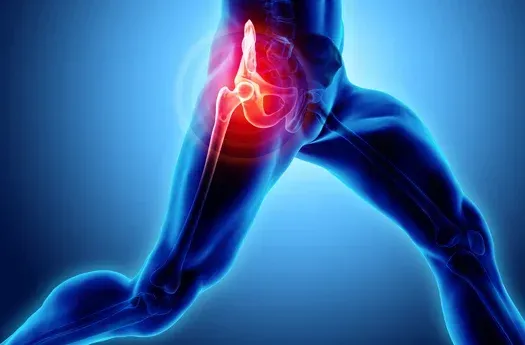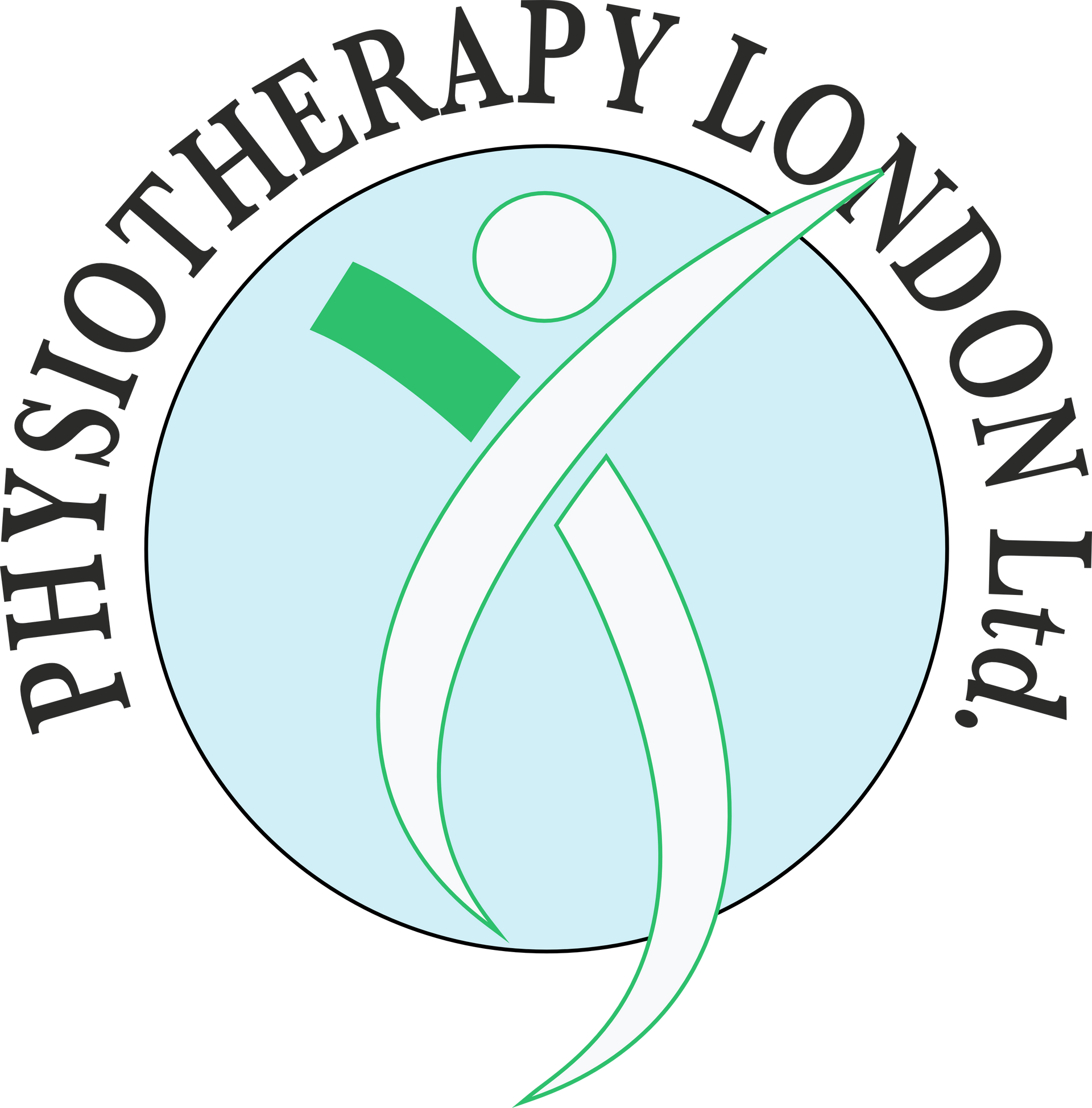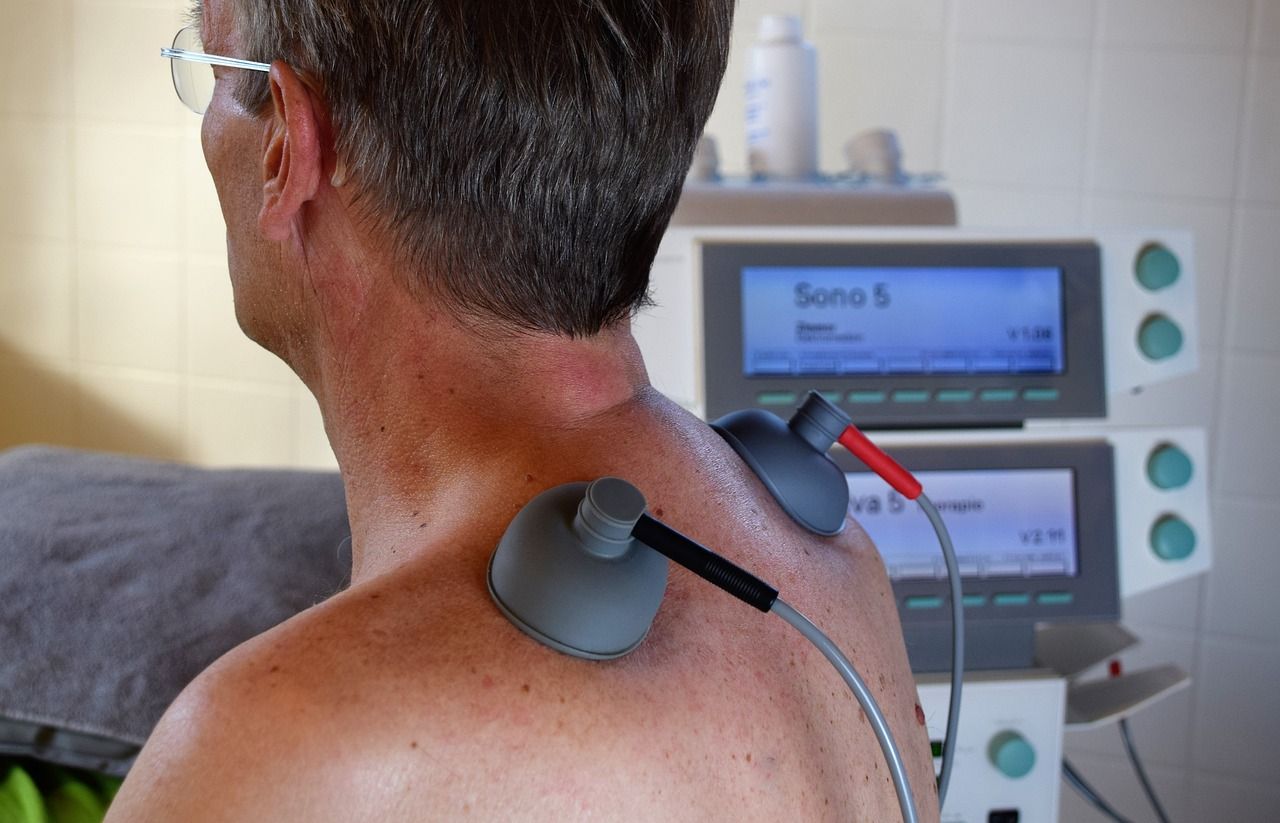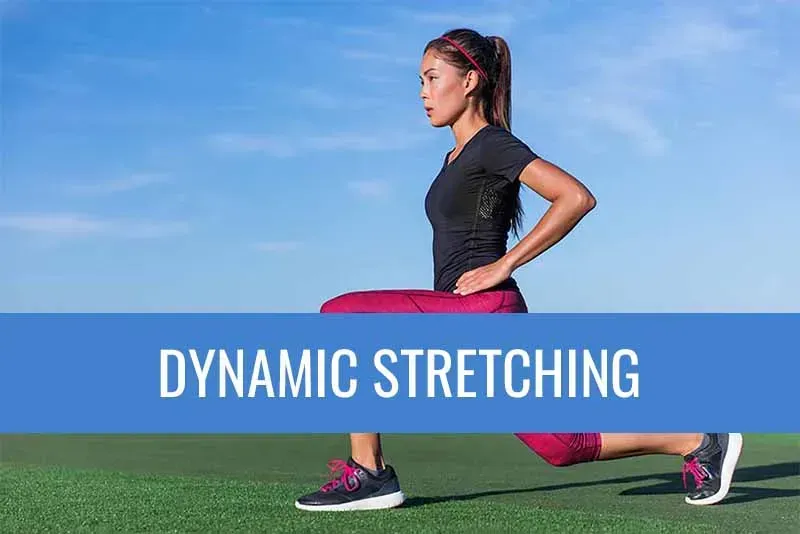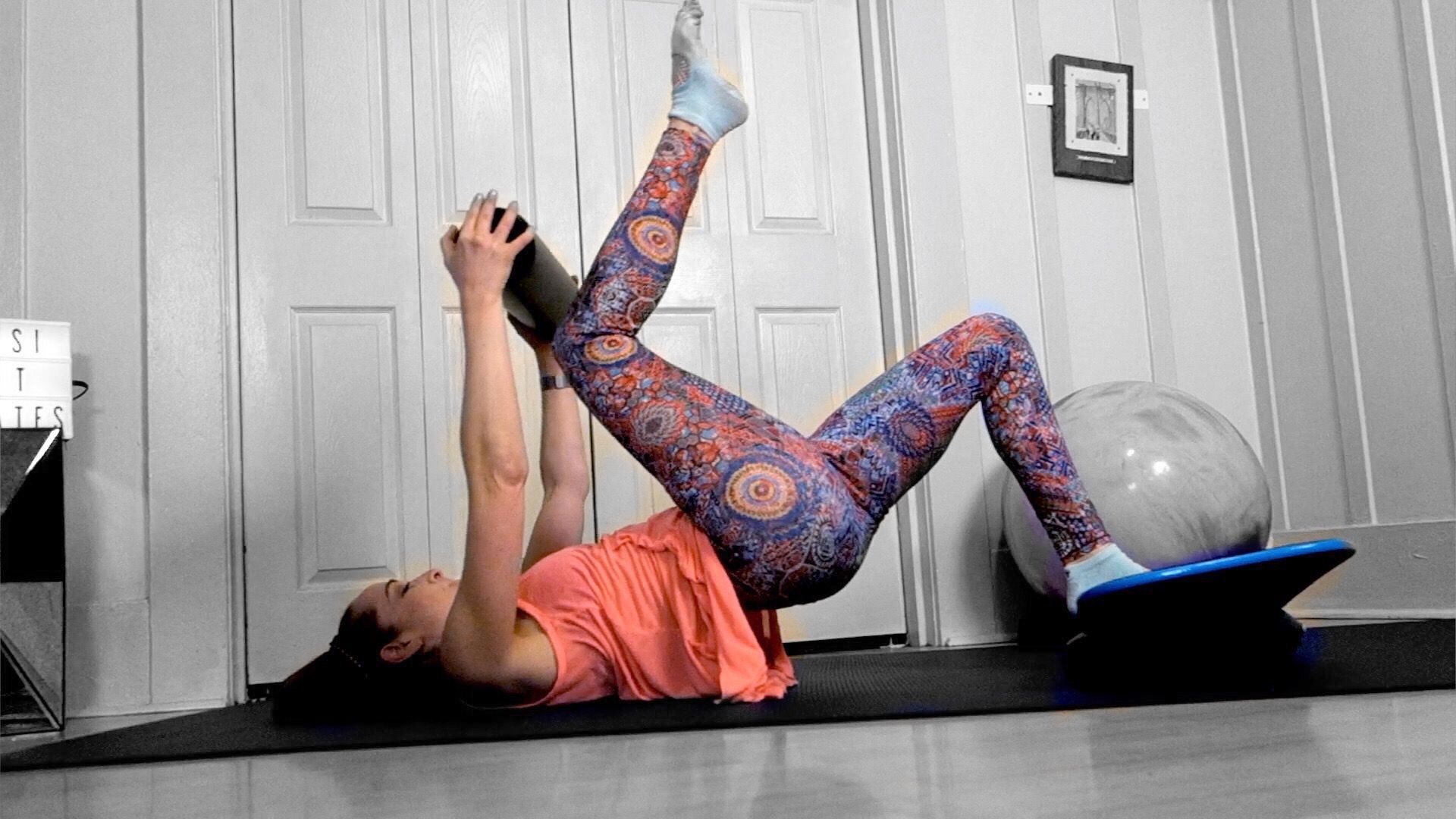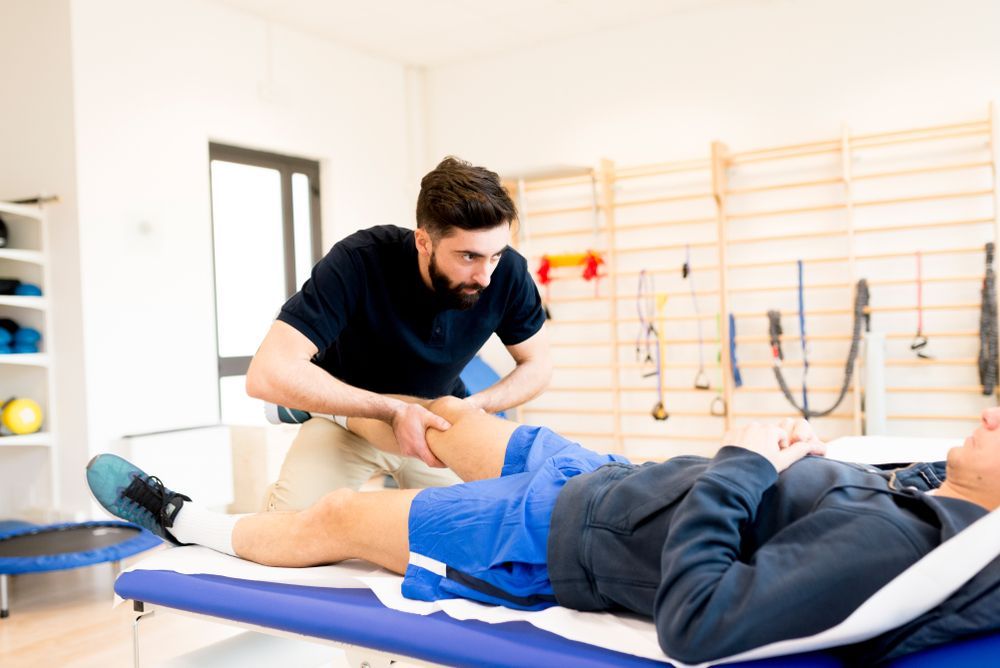Top 4 Tips For Improving Posture
- By Physio Medicine
- •
- 02 Aug, 2022
- •
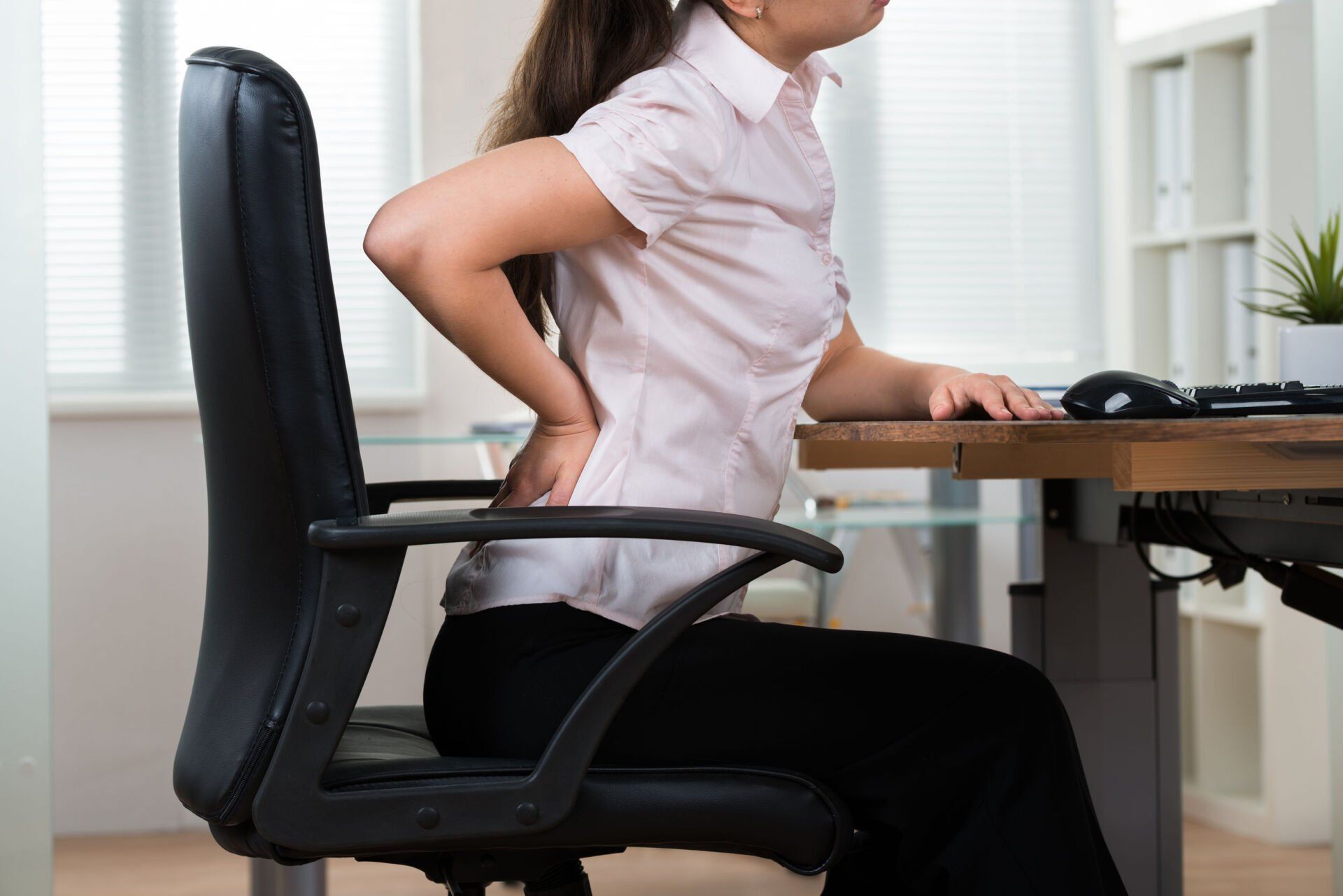
Indeed, numerous research studies and our personal experiences in the clinic have demonstrated that there is no single ideal posture. However, there are physical effects of settling in certain postures for too long or exposing the body to unbalanced weights and repetitive motions.
That means you won't see "sit straight" in the current posture guidelines. Instead, physiotherapists concentrate on habits in the daily routine that could lead to cause major issues in the long run. Here are my top 4 posture suggestions for improving your posture.
Backpack can be used instead of the shoulder bag
One of the main ways people can imbalance their bodies is by their choice of bag. A backpack loaded with laptops or other devices, books, chargers, and other essentials for everyday use might not appear to place much stress on your body at first. Still, with time, even minor imbalances can add to a lot, not just due to the direct weight but the way they impact your movements.
Backpacks are a better option for posture because they distribute the burden evenly over both shoulders while helping to pull your shoulders back. This could benefit those with desk jobs that leave them with shoulders that slop forward.
Don't neglect your sleep posture
When you lie on your stomach is a good example. It flattens the curves of your spine. This can cause lower back pain and shoulder discomfort. Wearing special sleep vests or inserting a tennis ball inside the pocket in front of a reversed shirt can help you sleep correctly.
If pillows aren't firm enough, you can suffer neck pain because of the lack of support as you rest and then tilting your neck for many hours. You must offer enough support to ensure that your neck stays aligned with your spine when you lay down.
Make a move
You can perform pelvic tilts while you are standing or sitting and shoulder cross-stretches or wiggle around in the chair to stay a small amount active. It might not sound like much; however, it is extremely helpful in keeping soreness and stiffness at bay.
Pay attention to your shoulders and hips, as they are the two areas that are often affected by prolonged standing or sitting.
Reset your screens
Ensure that you keep your screen at eye level to ease neck strain. This is a challenge on laptops with a tense keyboard and screen, and if you need to sit for long hours at your desk, I recommend an office desk that allows you to move the screen at any height you would like.
If you're working with a multi-monitor setup, instead of turning your head to view across the screen, move your entire body. It's not just bringing additional movement to your routine but will help relieve the stress of repetitive motions between screens.



